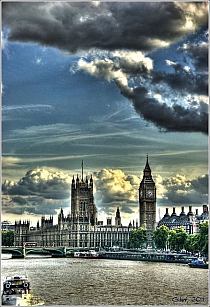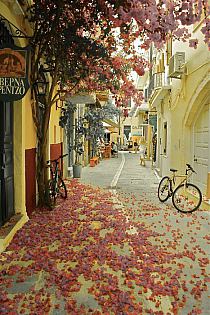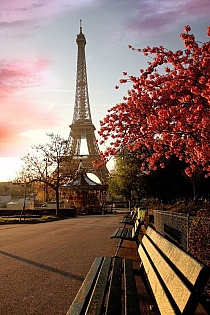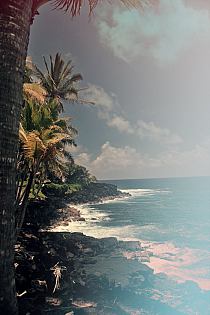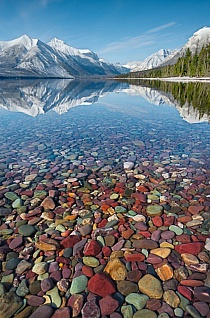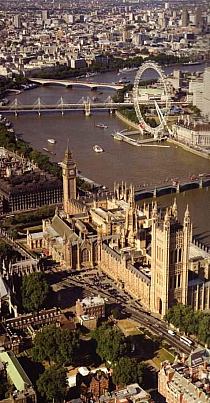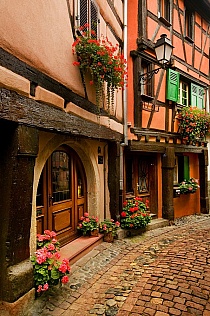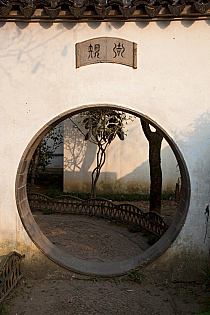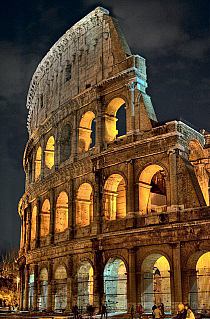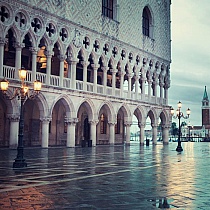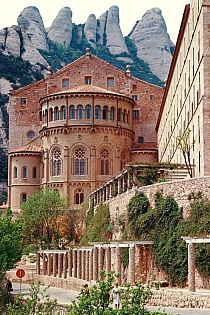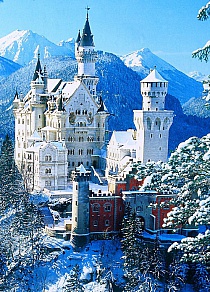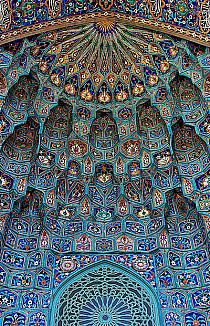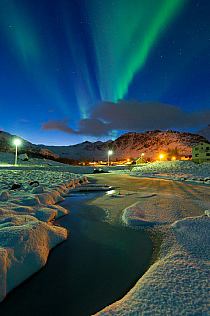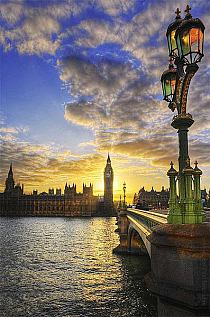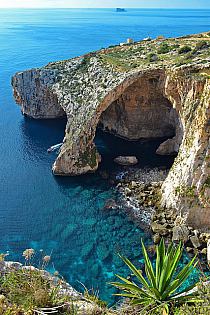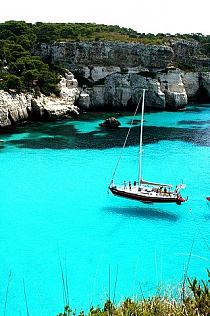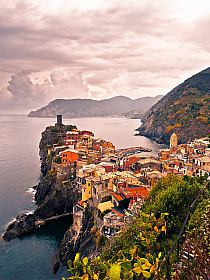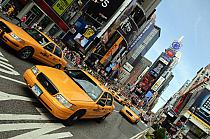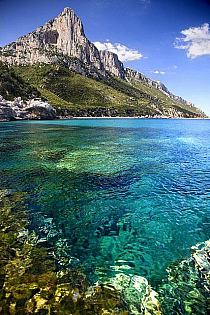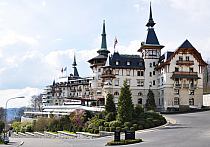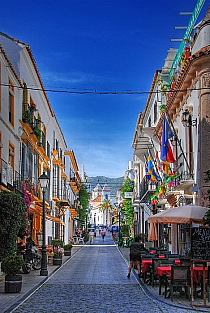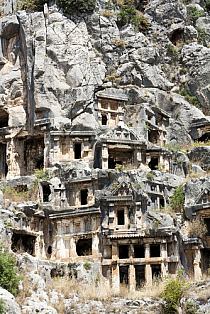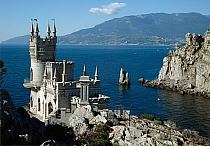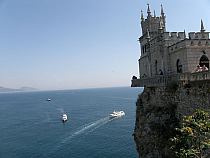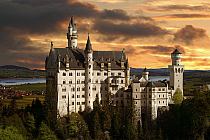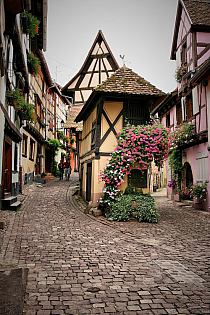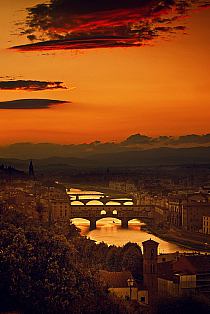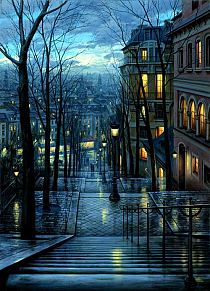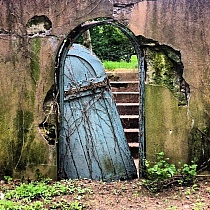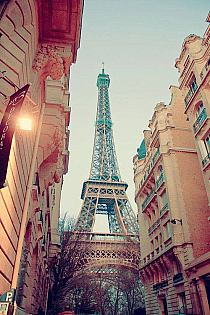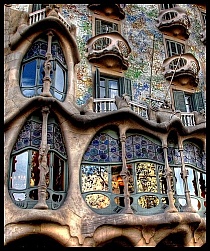-
Inspiracje
- Najnowsze
- Najpopularniejsze
- Zaskocz mnie
- Obserwowane
- MAGazyn
- Moda damska
- DIY - zrób to sam
- Kuchnia
- Uroda
- Wnętrza
- Humor
- Ogród
- Ślub
- Architektura
- Biżuteria
- Design
- Dziecko
- Film
- Fotografia
- Gadżety
- Historia
- Hobby
- Inne
- Książka
- Moda męska
- Muzyka
- Nauka i natura
- Plakaty i obrazy
- Podróże i miejsca
- Samochody i motocykle
- Sport i fitness
- Święta i uroczystości
- Tatuaż
- Zwierzęta
- Partnerzy
- KONKURS
-
Zakupy
-
ONA
- Ubrania
- Bielizna
- Bluzki
- Bluzy
- Dresy damskie
- Kombinezony
- Koszule
- Koszulki
- Kurtki
- Płaszcze
- Spodnie i leginsy
- Spodnie jeans
- Spódnice
- Stroje kąpielowe
- Sukienki i tuniki
- Swetry
- Szorty
- Zestawy
- Żakiety i kamizelki
- Buty
- Baleriny
- Botki
- Czółenka
- Espadryle
- Glany
- Japonki
- Kalosze
- Klapki
- Koturny
- Kowbojki
- Kozaki
- Obuwie Domowe
- Półbuty
- Sandały
- Sportowe i lifestyle
- Szpilki
- Tenisówki i Trampki
- Trapery i trekkingi
- Dodatki
- Bransoletki i zawieszki
- Breloki
- Czapki i kapelusze
- Etui
- Kolczyki, nausznice
- Kołnierzyki
- Kosmetyczki
- Naszyjniki, kolie i zawieszki
- Okulary
- Ozdoby do włosów
- Parasole
- Paski
- Pierścionki
- Plecaki
- Portfele
- Rękawiczki
- Skarpety
- Szaliki i chusty
- Torby i torebki
- Walizki
- Zegarki
- Zestawy biżuterii
- Zdrowie i uroda
- Akcesoria kosmetyczne
- Balsamy
- Bazy i podkłady
- Cienie do oczu
- Dezodoranty
- Higiena jamy ustnej
- Korektory
- Kredki
- Kremy i serum
- Lakiery
- Manicure i pedicure
- Maseczki
- Odżywki
- Peeling
- Perfumy i wody perfumowane
- Pielęgnacja po opalaniu
- Płyny żele i mydła
- Pomadki i błyszczyki
- Pudry
- Róże
- Stylizacja włosów
- Szampony
- Toniki i demakijaż
- Tusze
- Wody toaletowe
- Zestawy
-
ON
- Ubrania
- Bielizna
- Bluzy
- Kąpielówki
- Koszule
- Kurtki i płaszcze
- Marynarki kamizeki
- Spodenki i szorty
- Spodnie
- Swetry
- T-shirt długi rękaw
- T-shirt i Polo
- KULTURA
- GADŻETY
- DZIECKO
-
DOM I WNĘTRZE
- Wnętrza
- Akcesoria dom
- Do baru
- Do biura
- Do kuchni
- Kubki kufle i kieliszki
- Lustra
- Nakrycia stołu
- Oświetlenie
- Plakaty i tablice
- Pościele, poduszki i nakrycia
- Przechowywanie
- Tekstylia
- Zegary i budziki
-
Marki
- MARKI
- Adidas
- Adriatica
- Alter Core
- Armani
- Asics
- Atlantic
- Azzaro
- Barbie
- Bburago
- Be-U
- Benetton
- Bering
- Black Plum
- Burberry
- Bvlgari
- Cacharel
- Calvin Klein
- Canon
- Carolina Herrera
- Carrera
- Casio
- Celestron
- Chanel
- Chloe
- Clinique
- Cobi
- Coloud
- Converse
- David Beckham
- Davidoff
- Delbana
- Diesel
- Dior
- DISNEY
- DKNY
- Dolce & Gabbana
- DOXA
- Dr. Martens
- Dunhill
- Ecco
- Elizabeth Arden
- Esprit
- EVC DSGN
- Festina
- Fila
- Fisher Price
- Frederique Constant
- Givenchy
- Gucci
- Guerlain
- Guess
- Hasbro
- Helena Rubinstein
- Hermes
- Hi-Tec
- Hugo Boss
- Hunter
- Iceberg
- Ingersoll
- Issey Miyake
- Jean Paul Gaultier
- Jennifer Lopez
- Jil Sander
- Jimmy Choo
- Joop!
- Juicy Couture
- Kappa
- Kenzo
- Komono
- Lacoste
- Lalique
- Lancome
- Lanvin
- Lee
- Lego
- Lorus
- Marc Jacobs
- Marshall
- Masaki Matsushima
- Matchbox
- Mattel
- Max Factor
- Max&Co
- Mc Arthur
- Mizuno
- Mont Blanc
- Moschino
- Mr. Gugu & Miss Go
- My Little Pony
- New Balance
- Nike
- Nikon
- Nina Ricci
- Ninety Eight Clothing
- Nivea
- Nixon
- Nooka
- Obaku
- Onitsuka Tiger
- Paco Rabanne
- Pentax
- Pewex
- Pierre Cardin
- Playboy
- Prada
- Puma
- Ralph Lauren
- Reebok
- Regatta
- Revlon
- Rexona
- Rider
- Salomon
- Salvatore Ferragamo
- Shelyak
- Shiseido
- Skagen
- Swarovski
- Takahashi
- Thierry Mugler
- Timberland
- Timex
- Tommy Hilfiger
- UGC
- Urbanears
- Valentino
- Vans
- Versace
- Viktor & Rolf
- Vixen
- Welly
- William Optics
- Wrangler
- Yimaida
- Yukon
- Yves Saint Laurent
-
ONA
-
Szukaj
- Losuj
Historia
Ziemia Święta
Devizes Castle Gatehouse
The original castle built by Bishop Roger of Salisbury in reign of Henry I has virtually disappeared. It was partly in ruins in the C16, but finally destroyed at the end of the Civil Wars by Order of Parliament. The site is a magnificent one with a great mound and moat. The mound falls steeply on 3 sides towards the undulating ground to the south-west. The rich parklands of the Old Park form with the Castle mound a fine piece of landscape, which should always be preserved. The plan of the town in the form of a fan with the Castle as the centre of the segment, seems to be too formal to be a haphazard growth. It is reasonably certain that the town grew after the building of the Castle, and it would be interesting to know how far the plan was dictated by the Bishopric of Salisbury, so closely connected with the Castle itself, as occurred at a slightly later date in the case of Salisbury city. The existing structure was begun in 1842 by Goodridge of Bath. Highly asymmetrical. The ashlar faced keep and turret to the south are Goodridge with paired lights divided by colonettes in narrow openings. The rest to the north is a massive rock faced enlargement of 1860's, 70's and 80's. Crenellated parapet, buttresses, superimposed bays, oriel windows and large mullioned and transomed windows. The north tower however, is partly of C17 brick and was originally a windmill. It's rubble base may be part of the original castle. Around the north tower's base, facing west, is a bowed fernery with stone tiled roof, round interlaced arches forming pointed lights with Norman style shafts dividing. Adjoining the fernery to the north is a fine glass house with octagonal base and a stepped domical roof with crowning finial. The entrances are to the east and west: wooden gables with ornamented bargeboards supported by flanking paired colonettes with foliate capitals, on high pedestals. A terrace surrounds the castle with a battlemented parapet. On the west side towards the centre are 2 short sections of arcaded wall, one incorporating in arch some original Norman stone work of zig zag pattern. The interior of the castle is designed in a mixture of neo-Norman, Gothic and C16 styles.
The original castle built by Bishop Roger of Salisbury in reign of Henry I has virtually disappeared. It was partly in ruins in the C16, but finally destroyed at the end of the Civil Wars by Order of Parliament. The site is a magnificent one with a great mound and moat. The mound falls steeply on 3 sides towards the undulating ground to the south-west. The rich parklands of the Old Park form with the Castle mound a fine piece of landscape, which should always be preserved. The plan of the town in the form of a fan with the Castle as the centre of the segment, seems to be too formal to be a haphazard growth. It is reasonably certain that the town grew after the building of the Castle, and it would be interesting to know how far the plan was dictated by the Bishopric of Salisbury, so closely connected with the Castle itself, as occurred at a slightly later date in the case of Salisbury city. The existing structure was begun in 1842 by Goodridge of Bath. Highly asymmetrical. The ashlar faced keep and turret to the south are Goodridge with paired lights divided by colonettes in narrow openings. The rest to the north is a massive rock faced enlargement of 1860's, 70's and 80's. Crenellated parapet, buttresses, superimposed bays, oriel windows and large mullioned and transomed windows. The north tower however, is partly of C17 brick and was originally a windmill. It's rubble base may be part of the original castle. Around the north tower's base, facing west, is a bowed fernery with stone tiled roof, round interlaced arches forming pointed lights with Norman style shafts dividing. Adjoining the fernery to the north is a fine glass house with octagonal base and a stepped domical roof with crowning finial. The entrances are to the east and west: wooden gables with ornamented bargeboards supported by flanking paired colonettes with foliate capitals, on high pedestals. A terrace surrounds the castle with a battlemented parapet. On the west side towards the centre are 2 short sections of arcaded wall, one incorporating in arch some original Norman stone work of zig zag pattern. The interior of the castle is designed in a mixture of neo-Norman, Gothic and C16 styles.
Źródło:
flickr.com
odwiedź stronę
MA==
Podobne inspiracje
10
6
Londyn
28
4
Crete, Greece
53
3
8
3
145
3
Alaska
98
2
London ♥
80
2
197
2
10
2
356
2
The Colosseum, Rome, Italy
54
2
Wenecja
327
2
Barcelona, Hiszpania
118
2
Neuschwanstein Castle, Bavaria, Niemcy
80
2
Saint Petersburg Mosque, Russia
5
2
92
2
Aurora near Eggum, Norway
27
2
22
2
Venice
6
2
112
2
The Blue Grotto in Malta
73
2
Turquoise Sea, Sardinia, Italy
6
2
32
2
• Nowy Jork w 72 godziny
21
2
Baunei, Sardinia
11
2
• Zurych
106
2
Marbella
21
2
• Turcja
11
2
• Krymska Riwiera
3
2
krym
7
2
• Bawaria - zamek niczym z bajki
13
2
57
2
Medieval Village, Eguisheim, France
18
2
9
2
19
2
4
2
Lengkuas island, Indonesia
2
2
:-*
186
2
Barcelona
113
2
66
2
Kamienica w Barcelonie
W 5 innych kolekcjach

